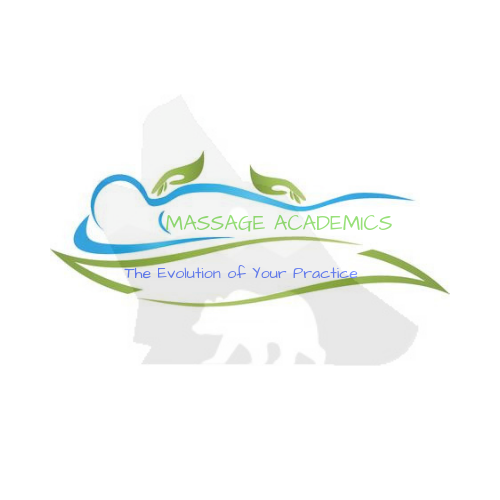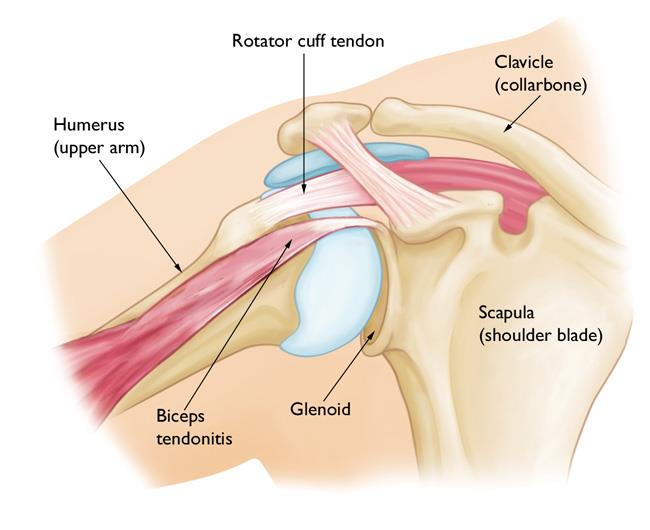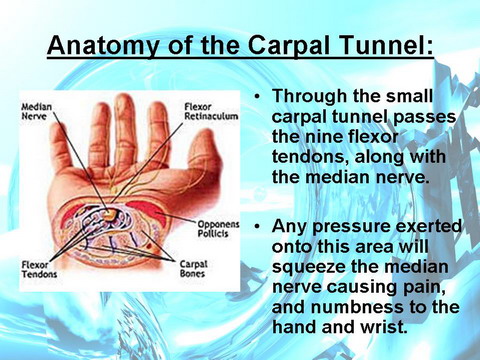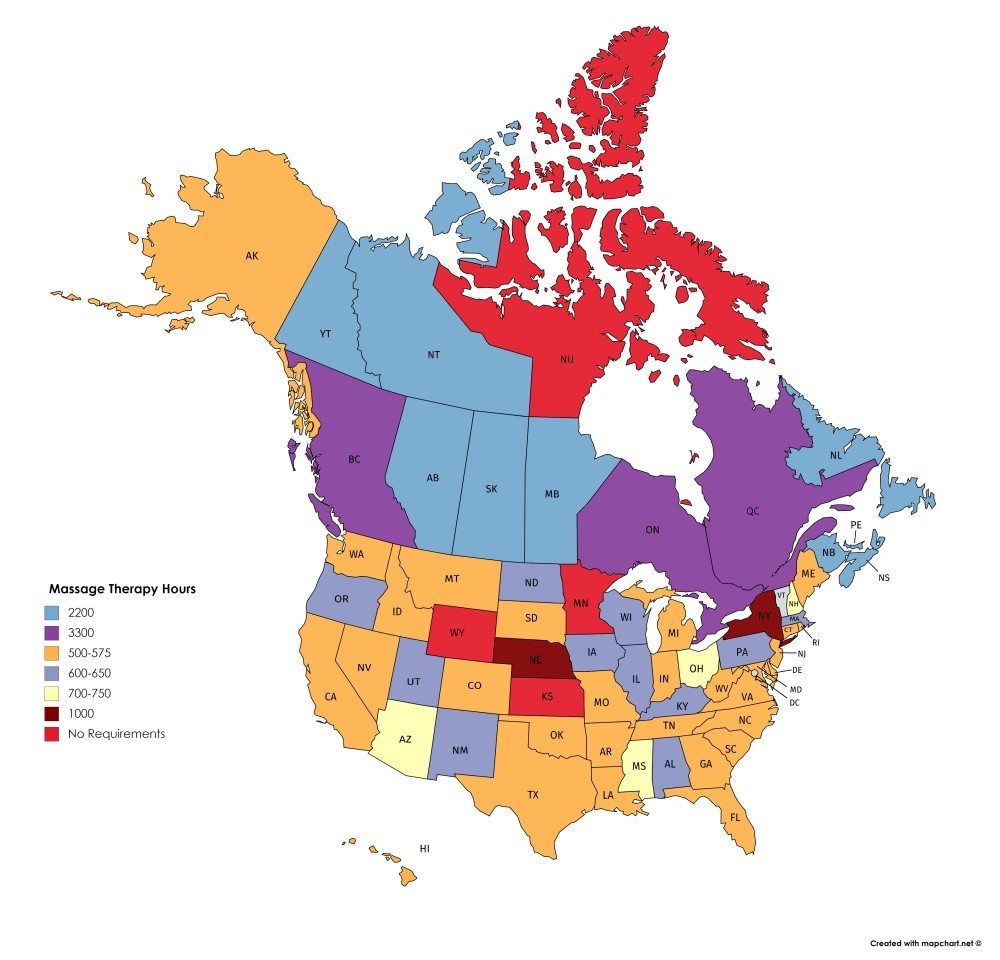Most Massage Therapists will experience some kind of injury or pain syndrome at some point in their careers.
So how do you protect yourself from injury?
• Develop proper body mechanics: using your body efficiently to produce the most effective movement with the least effort will reduce the strain of your massage work on your body.
• Avoid other hand-intensive activities: there is only so much hand-intensive work one body can take. Playing an instrument professionally, or working as a computer typist in addition to your massage work will likely cause injury.
• Take care of your hands every day: they are the tools of your trade; treat them well. Avoid opening stuck jars, playing sports with your hands, hammering nails – anything that can cause trauma or stress your hands.
• Work with your body characteristics, not against them: if you have hypermobile thumbs, do not use them extensively in your massages. If you have a pre-existing upper extremity, back or neck injury, think about doing types of massage that don’t require strength or pressure.
• Vary your massage technique: use different parts of your hand and arms to do massage, to avoid a repetitive motion to any one region. For example, use your elbow sometimes to create pressure rather than always using your thumbs.
• Don’t do massage techniques that cause you pain: stop doing any method that causes you pain or discomfort – you have your choice of thousands of techniques that you can do without pain.
• Monitor your work habits. Maintain a regular schedule of massages, so you don’t suddenly increase the number of massages you do or decrease the amount of time you have between massages.
Experiment with table height until you find what works best
for you; better yet, get an electric table that you can adjust as you work.
• Take time between massages. If you don’t have enough time between massages to relax, stretch, breathe AND change the sheets, you are putting yourself at risk of injury.
• Use other modalities in your massages. Hydrotherapy, aromatherapy, energy balancing, and spa treatments can attract new clients, and add to the value of your massages. This will also cut down on the amount of intensive hands-on work you do in each massage, which will allow your hands to rest.
• Develop a realistic attitude towards your work: there are limits to what you can do for your patients. You are only human, with your own strengths and limitations.
Respecting your own limits is healthy, and will help you keep your upper extremities healthy.
• Treat injuries immediately and effectively. At the first sign of pain or dysfunction, see a physician. If you are in pain, you are probably already injured. Letting it go on will only make it worse. Injury is a complex subject.
Common Injuries Sustained by Massage Therapists
Soft tissue injuries common to massage therapists fall into two categories:
Muscle/tendon injuries and
Nerve impingement injuries.
Left untreated or allowed to become chronic, these injuries can lead to osteoarthritis, and temporary or even permanent disability and the loss of function of the hands and/or arms.
The most common muscle/tendon injury among massage therapists is RSI.
The most common injury sites are the thumb, the wrist, and the forearm. This chronic injury is characterized by a gradual onset.
The appearance of symptoms often occurs with a sudden and/or substantial increase in workload or a sudden decrease in time spent
between massages.
The primary symptom of overuse syndrome is diffuse achiness, tightness, and, or soreness in one part of the upper extremity rather than a sharp pain in one specific spot.
Other symptoms include loss of function and paraesthesia.
Tendinitis and Tenosynovitis are inflammatory conditions (of the tendon and tendon sheath, respectively) that have a more sudden onset. These injuries are caused by tearing (strain) of tendon fibers or irritation to the tendon sheath.
The clear presence of inflammation distinguishes these injuries from RSI. Among massage therapists, tendinitis and tenosynovitis are less frequent complaints than overuse syndrome.
The main symptom is localized pain. The affected area is often swollen and hot. With proper treatment and careful avoidance of reinjury, tendinitis and tenosynovitis tend to heal in a shorter period than overuse syndrome.
Muscle/tendon injury as a result of doing massage is more common among massage therapists than nerve impingement injury. The two most common nerve impingement injuries sustained by massage practitioners are carpal tunnel syndrome.
TOS refers to the impingement of nerves C8-T1 at the area of the base
of the neck, where the brachial plexus descends through the space between the first rib and the clavicle.
Massaging in unnatural postures or with unaligned joints is often the cause of CTS or TOS. Like repetitive strain (RSI), these injuries tend to develop slowly and can be triggered by a sudden increase in workload or decrease in time between massages.








Recent Comments